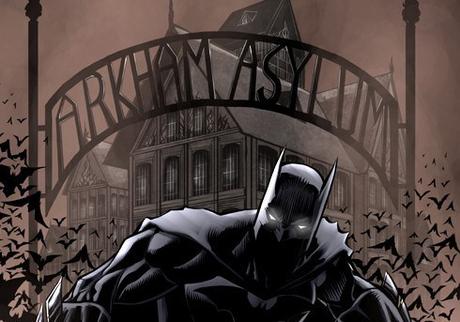Do you know what comes out in a week? Batman: Arkham Knight, the third part in Rocksteady’s awesome trilogy of games! These story driven, action and stealth masterpieces rank among the best games ever made, and they all started with Batman trapped inside the infamous Arkham Asylum with some of his most dangerous enemies. What we saw in the game was a deranged, gothic madhouse that looked terrifying even before the Joker took charge. How does that depiction measure up to the version in the comics and other media? And where did the concept come from? Today we’re following on our quick and easy guides to Cthulhu, Ultron, and Doctor Who with a look inside this nuthouse.
In a Sentence: The fictional locale where Batman’s more insane foes are locked up for rehabilitation after being apprehended.
The Backstory
First of all, let’s take a look at this photograph:

You might be thinking “hey, that looks like a real life Arkham Asylum!”, and you’d be right. That is Danvers State Hospital, previously known as Danvers Lunatic Asylum and it has served as the real world inspiration for Arkham. Not for the Batman writers though…for H.P. Lovecraft.

Lovecraft, who you may remember from our piece of The Cthulhu mythos, is the reigning king of unsettling, disturbing story telling. It is widely assumed (though not confirmed) that Danvers State Hospital was the real world inspiration of the Arkham sanatorium referenced in his stories ‘The Thing on the Doorstep’, ‘The Shadow Over Innsmouth’ and ‘Pickman’s Model’. There’s plenty to support this assumption, such as the hospital being located in Massachusetts – the setting for most of Lovecraft’s stories – it’s gothic influenced architecture, it’s sprawling size and disturbing history.
There’s more to Danvers than an imposing facade. Build to be self-sustaining the grounds are riddled with underground tunnels. Experimental approaches to patient care was common, with mechanical restraints deemed harmful leaving hundreds of inmates to wander the corridors freely. The initial facility housed 500 patients with another 100 kept in the attic, and it expanded as time went on. A clinical school was added, seeing an influx of mentally ill children joining the population. Danvers became known for inhumane practises of shock therapy to help manage the inmates, as well as accounts of lobotomies, straight jackets and radical drug therapies. When these practises came to light and brought to heel in the 1960s the population of the hospital decreased and it eventually shut down.
If that sounds like the quintessential horror movie setting, it is. The disused and deteriorating asylum became the source of many rumours and stories in the local area. It was even used as the setting in the novel Project 17 and the movie Session 9.
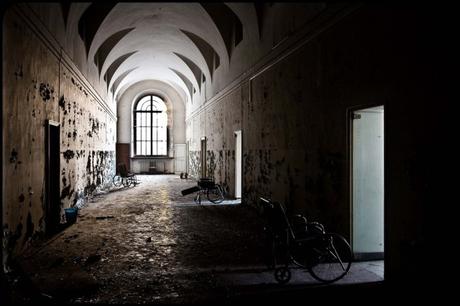
‘Session 9′
Much of the legend surrounding Danvers, and it’s descriptions in the works of Lovercraft, have formed the inspiration for the Arkham Asylum that was introduced by Dennis O’Neil and Irv Novick in Batman #258 (1974) under the name ‘Arkham Hospital’. Comic continuity being what it is, the name initially shifted from Arkham Hospital to Sanatorium to Asylum back and forth before settling on the latter. It’s location has also been inconsistent, with it being described as ‘deep in the Gotham suburbs’, on the outskirts of the city, on a peninsula outside Gotham to being isolated on a small island accessed by a road bridge. Some of these inconsistencies, and it’s changing appearance, can be accredited to the number of times it’s been destroyed and rebuilt over the decades.

Bane destroyed a large section of the asylum at the beginning of the Knightfall story in order to push Batman’s limits as he attempted to recapture the many escapees. The entire facility was destroyed and rebuilt by Jeremiah Arkham, the founder’s nephew, who wanted to make it a modern facility modelled after the legend of the labyrinth on Minos (obviously). The place was emptied during the events of No Man’s Land, where the Warden Dr. Arkham elected to free his charges rather than watch them starve. Afterwards, Dr. Arkham re-established the hospital but, in the traditional of the Arkham family, had some problems of his own and took on the guise of the new Black Mask before burning the place down during Battle for the Cowl.
The history of the facility carries with it quite the insane streak. Founder Amadeus Arkham lived with a mentally unwell mother who he eventually euthanised (although it was made to appear as suicide). After establishing the hospital his family was murdered by a serial killer dubbed ‘Mad Dog’. When Mad Dog was incarcerated at the asylum, Arkham treated him personally until, months later, Mad Dog would be ‘accidentally’ electrocuted during routine electro-shock therapy. Arkham would descend into madness, satanism and cannibalism until he became an inmate in his own hospital. Insanity would continue to prey on the staff of Arkham Asylum with Jeremiah Arkham, Dr. Harleen Quinzel, Dr. Jonathan Crane, Dr. Hugo Strange and Lyle Bolton falling into this curse.
Why is it So Popular?
It’s certainly not hard to see why Arkham Asylum has struck a chord with readers. Scary mental institutions have been a popular trope in horror for a long time, and Batman has been pushing the darker themes for the past few decades. It wasn’t until the 1980s that Arkham and it’s back story were fleshed out, and this was a time when comics in general were taking on a darker tone. It’s become the perfect setting for stories of intrigue, murder, insanity and the supernatural.
Narratively the setting has worked perfectly for writers. It fills in the gaps in what happens to the villains Batman rounds up, gives them a place where the more colourful characters can interact, and gives the story a consistent setting to return to when needed.
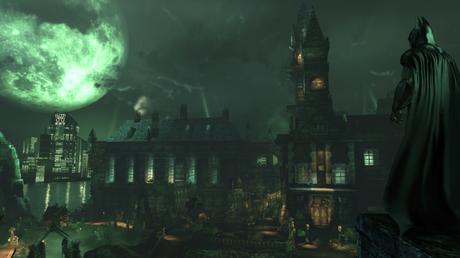
Arkham has been most popular when used for psychological horror. A Serious House on a Serious Earth was an early example of this, with Dave McKean’s art adding an extra layer of lunacy to the locale. This concept was given a more realistic grounding in the Batman: Arkham Asylum video game where, like the graphic novel, Batman is lured into the institution by the Joker and run through a gauntlet of challenges. Living Hell gives us multiple viewpoints, but of note is Warren White, charged with fraud and faking an insanity plea for a cushier prison term he finds himself caught in Arkham’s madness. The Last Arkham sees Batman himself committed in order to find evidence that Victor Zsasz has been escaping to commit murderers, only to find his own sanity on the line.
Basically, this is a perfect setting for further antics of Batman’s line up of looneys. It’s little wonder why it is frequently revisited for deeper explorations into character’s psyches and challenging the effectiveness of Batman’s crusade against crime.
The Legacy
Aside from the Batcave it’s difficult to name a more widely known locale from the Batman universe. Even the prison for the less barmy villains – Blackgate Prison – is little known outside of regular readers. It’s not only a regular feature in the comics and it’s spin-offs, but it crops up in many other media and merchandise. The most obvious impact on the franchise is the number of graphic novels and mini-series centred on the asylum, essentially giving it a character unto itself.
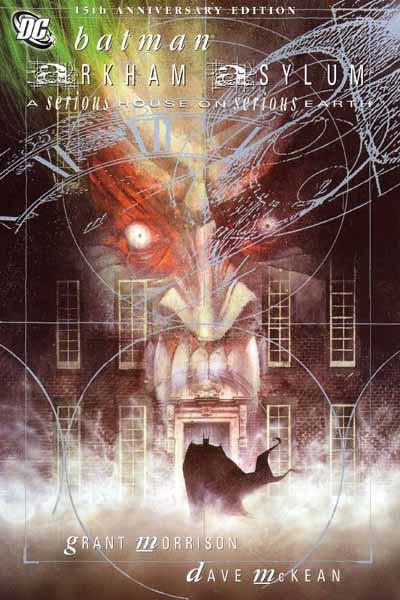
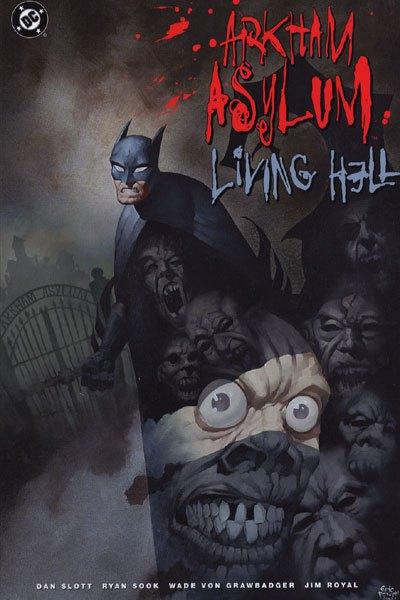
Although Arkham Asylum was introduced in the after the 1960s TV series (which is a genuine shame), it has made the occasional appearance in other films. It was briefly visited in the Joel Schumacher films, with Jim Carrey’s Riddler locked up at the end of Batman Forever.
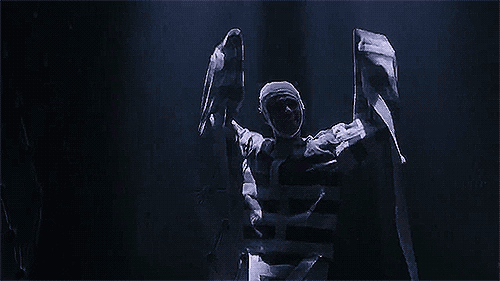
In Christopher Nolan’s Batman Begins Dr Jonathan Crane (Cillian Murphy) is an administrator of the hospital and later a patient.

Animated movies have TV shows have made good use of the setting as well, with Batman: The Animated Series, Batman Beyond, The Batman and Batman: The Brave and the Bold all making use of it. Assault on Arkham spins off from the video game series to depict the ‘Suicide Squad’ leading an incursion into the hospital.

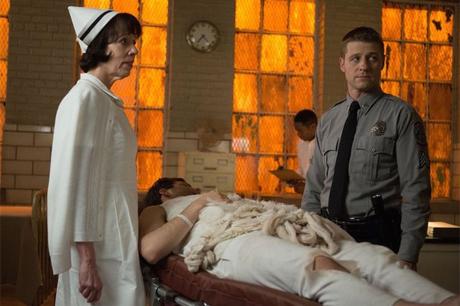
Outside of the frequently mentioned game series by Rocksteady, there’s been surprising few appearances of Arkham Asylum in the steady stream of video games based off the dark knight’s exploits. Batman Forever, Rose of Shin Tzu and Lego Batman series did squeeze it in a few times.
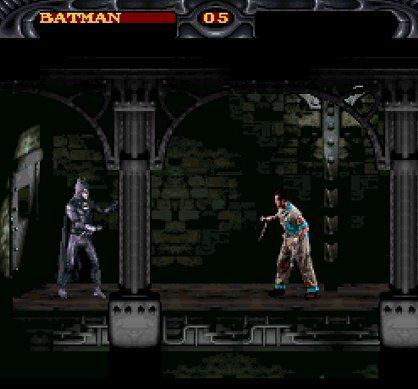
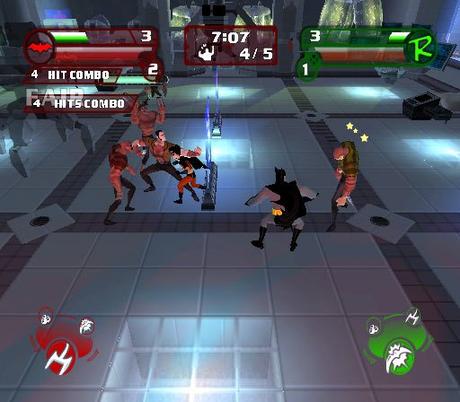
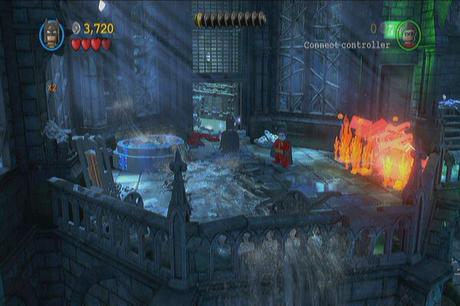
Due to the darker implications of this particular facet of the Batman universe, we don’t see much of Arkham Asylum in the toy shops…that’s with the amazing exception of some Lego sets!

Arkham Asylum has become a household name in recent years, and it’s role in the comics and other media is unlikely to come to an end.
How to Piss of the Fans: What’s the point of locking them up? Why doesn’t Batman just kill them?
Is it Worth Checking Out?: If you want to delve into Batman comics then it’s pretty unavoidable. If not, some of the stand alone stories, especially A Serious House on a Serious Earth and Living Hell are absolutely worth the read. If you’re a gamer and you haven’t played the Arkham Asylum/City series, then you should get onto that (Origins if you don’t mind a lesser quality and glitchy product).
Hopefully we’ll have an Arkham Knight review up very soon!
